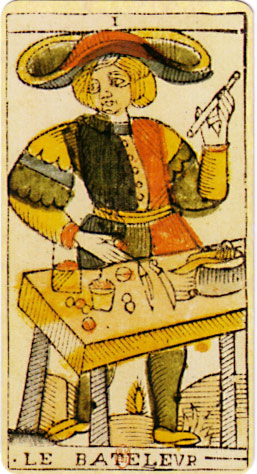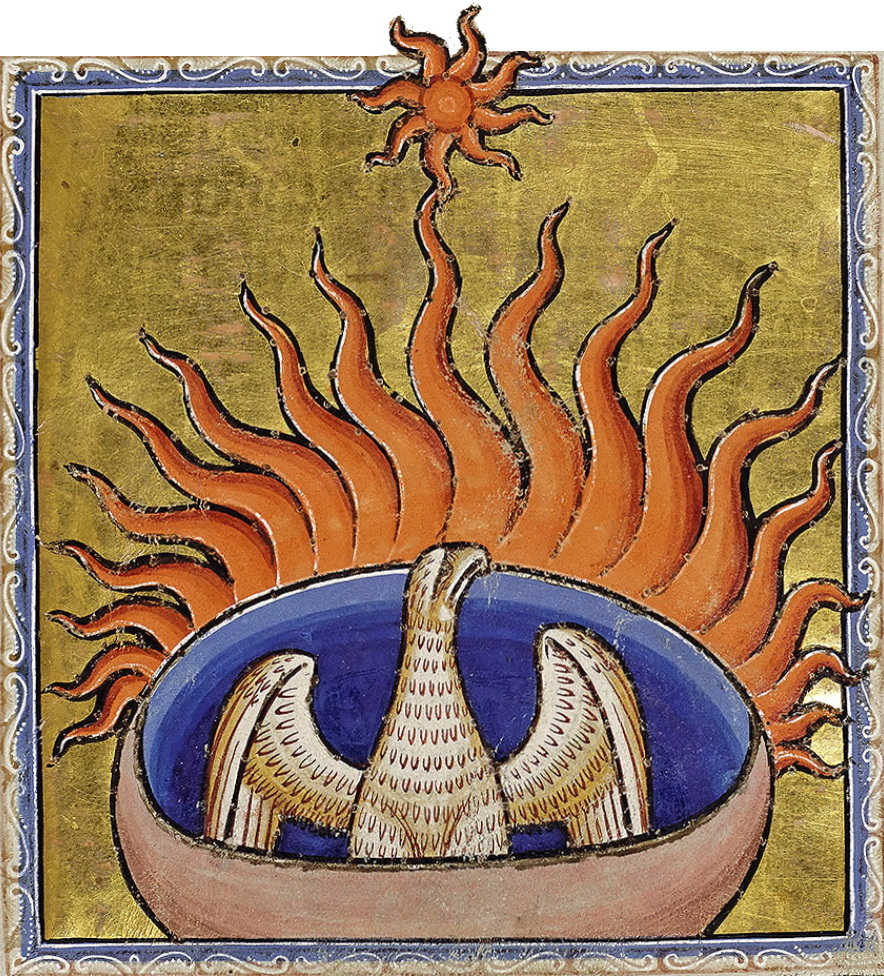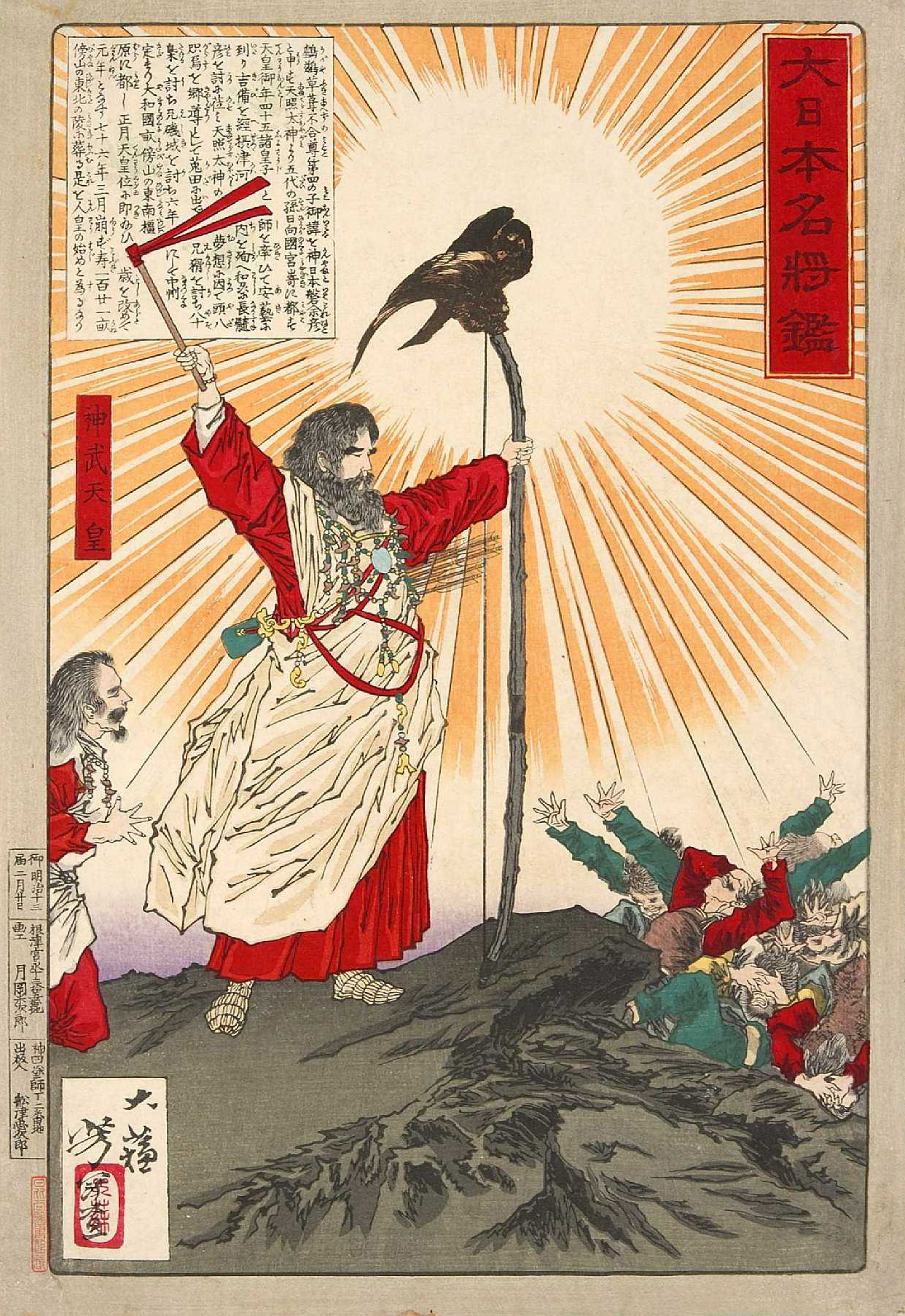
I will assume, for this, a basic familiarity with the text, as well as perhaps some of the items and discussions on the mailing list. Rather, we will look at several prisms or aphorisms or anecdotes from this chapter, to help elucidate in precise detail what quarry Tomberg is hunting.
First of all, like his master, Tomberg affirms that the “most dangerous spiritual malady” is “self-complacency”. This is a huge claim, and we will see later how it is justified in detail. Tomberg was well aware of the dangers of megalomania and insanity, & apparently thought worse of this first sin (question: can we rank the seven deadly sins?). Elsewhere, in a similar spirit, he remarks that “vice is oppressive or disgusting and virtue is boring” : it is concentration that matters. By this he certainly does not reject the “moral tradition of the virtues”, but rather is commenting on the legalism or moralism that is always too busy relating moral principles in concrete hierarchies of rules to be bothered with attaining the whole purpose of the Law. He (also) elsewhere relates that the Law appears to us as (Phillip Rieff would say) an interdict, & that this fact is important (has an esoteric meaning) because what it means is that God is not an egregore, or reflection of the human mind that responds to corruption and sin. God is Who He is, & that is Good News. The Law is Good News. So much for Luther. So the first virtue is “poverty of spirit” (the Beatitudes) and alack of self-complacency. Angels can fly because they take themselves lightly. Other sins (like hypocrisy or pride) are lesser: of course all sins have an element of the first Arcana of Sin, so this is not a justification of sinning, that grace may abound.
2, He mentions the perpetual service of Sacre Couer de Montmarte as a picture of the inner reality of a lack of self-complacency, which is the one thing needful. This silence, by an ancient law, engenders the influx of holy forces. As all numbers are multiples of One, so all spiritual Arcana flow from poverty of spirit. “You will receive power from on High”: “in Paris one works, one amuses one’s self, one sleeps, one dies”…all the while, the center of the city holds in the form of a sacrament in silence. This is an important metaphor, given how much time Tomberg spent in France. Evidently, he viewed the Church there as essentially creating the jovial atmosphere of Paris.
3. The world is not a mosaic. Diversity can only bring us together once a real, true, beautiful, & good Unity has previously unified Man. If the world is not One, it is not knowable. So there is a place for beginning with Dogma or exoteric practice, where a framework is established in anticipation of the scaffolding being pulled down one day when the living temple is completed. There is no room here for starting (as Revolutionaries and binary thinkers do) with the Dyad as the Monad. First things first.
4. He draws an enormous amount of attention in the first chapter to the Emerald Tablet. This tablet teaches us that the phenomenal world is not nothing, because it is moved (like sand) in the wind: nevertheless, it must be affirmed that the Wind is not like the patterns in the sand in a literal way. Wind and sand are not equivalent. Tomberg will affirm in this and future chapters that the uniqueness of Christianity lay in its desire and power and calling to sublimate both inner and outer way (Sand and Wind) into one picture in which nothing was lost of either the one or the other. The old Greek question of the One-and-The-Many was resolved in perichoresis, Trinity, & Incarnation. “As philosophers, Christians, and scientists, we embrace the Emerald Tablet”. The line of succession is Enoch/Hermes Trismegistus, Orpheus, Pythagoras, Philolaus (Divi Platonis nostri praeceptor), Plato, the NeoPythagoreans (Apollonius), the NeoPlatonists (Plotinus), continued down (for example) through Ficino (since Ficino is the one citing the line of succession).
5. The method of analogy is the only means of apprehending or beginning to apprehend Truth as the intuition develops; although it is quite possible to err with this method, it nevertheless is the door to truth: “it is qualified to lead to the discovery of essential Truths”. We reason that the Sun sets with glorious colors (it bleeds), Night falls, but we wait for the Dayspring, which must return, pace Hume. Even Science heightens probability in order to sharpen analogies to yield the most to intuitions (the Double Helix code, for instance), notes J. Maynard Keynes. Tomberg is making a vast and overarching case here. Nature teaches us that the acorn does not “resemble” the tree (to the naked eye), unless one is paying attention, that is, intuiting the process as it unfolds in play. All tree like things have seeds, and all seed like things contain trees.
6. He affirms the basic table of correspondences which obtain and hold between metals and planets, common to all ancient and traditional Cultures, with minor variants and errors, but notes that the correspondences with the Tarot are far from agreed upon. Tomberg is no idiot: he is clearing the ground of objections by showing he has taken them into consideration. This is the act of a scholar and a man of good breeding. It is also a clue to his purpose: he will provide the Tarot with the symbols and arcana which it lacks via the stars, due to confusion.
7. He connects this intuition towards play with classical European ideas as well, such as Schiller’s Speiltrieb (the urge to play)and Jung’s “individuation” (synthesis of the conscious and unconscious elements in the personality), in which the perfect vision of the beautiful Good transforms duty into a delight. Nonetheless, there is Play and there is play. Be careful when you play, otherwise, you will become a charlatan. Alas, says Tomberg, too many are both charlatan and genius, so let Le Batteleur be a perpetual Guardian of the Threshold to always return to! He quotes an anonymous author:
To perceive and to know, to try and to be able to, are all different things. There are mirages above, as there are mirages below; you only know that which is verified by the agreement of all forms of experience in its totality – experience of the sense, moral experience, psychic experience, the collective experience of other seekers for the truth, and finally the experience of those whose knowing merits the title of wisdom and whose striving has been crowned by the title of saint. Academia and the Church stipulate methodical and moral conditions for one who desires to progress. Carry them out strictly, before and after each flight into the region beyond the domain of work and effort. If you do this, you will be a sage and a mage. If you do not do this – you will only be a charlatan.The Arcanum of Geniality of Intelligence, analogous but not identical to the play of a little child, is the First and Final Good, the Monad and the One, identical to the Archetypal (space) and Mythical (time) of the Godhead, which is the arena in which souls are exercised in a vast gymnasium designed to produce “greater than angels”. That is our begging beginning, and our triumphant End-ividuation.


